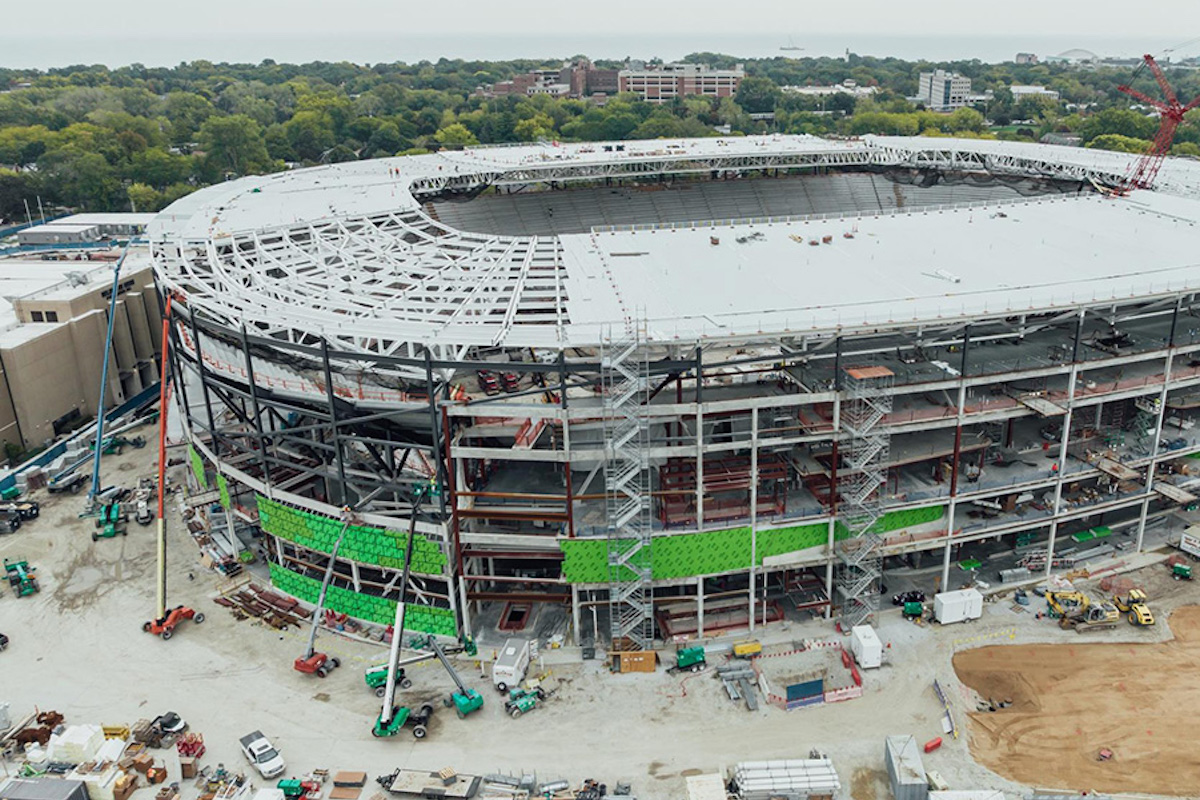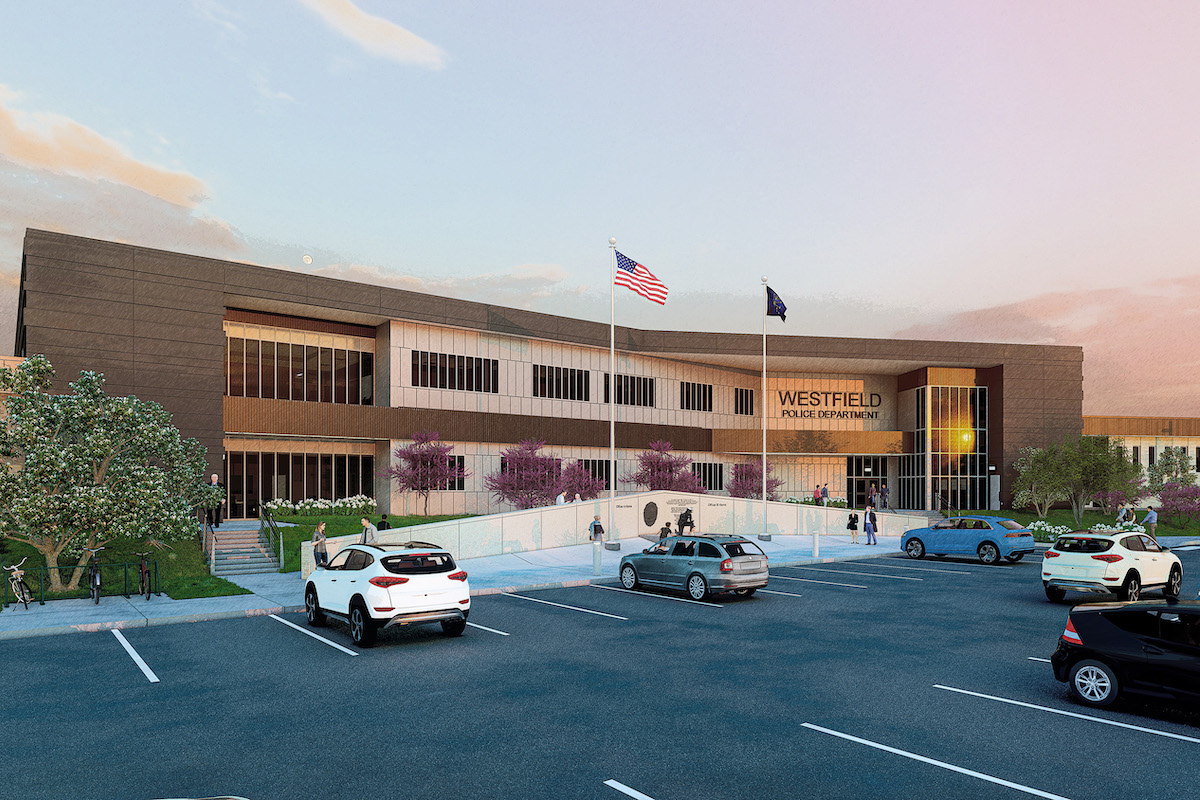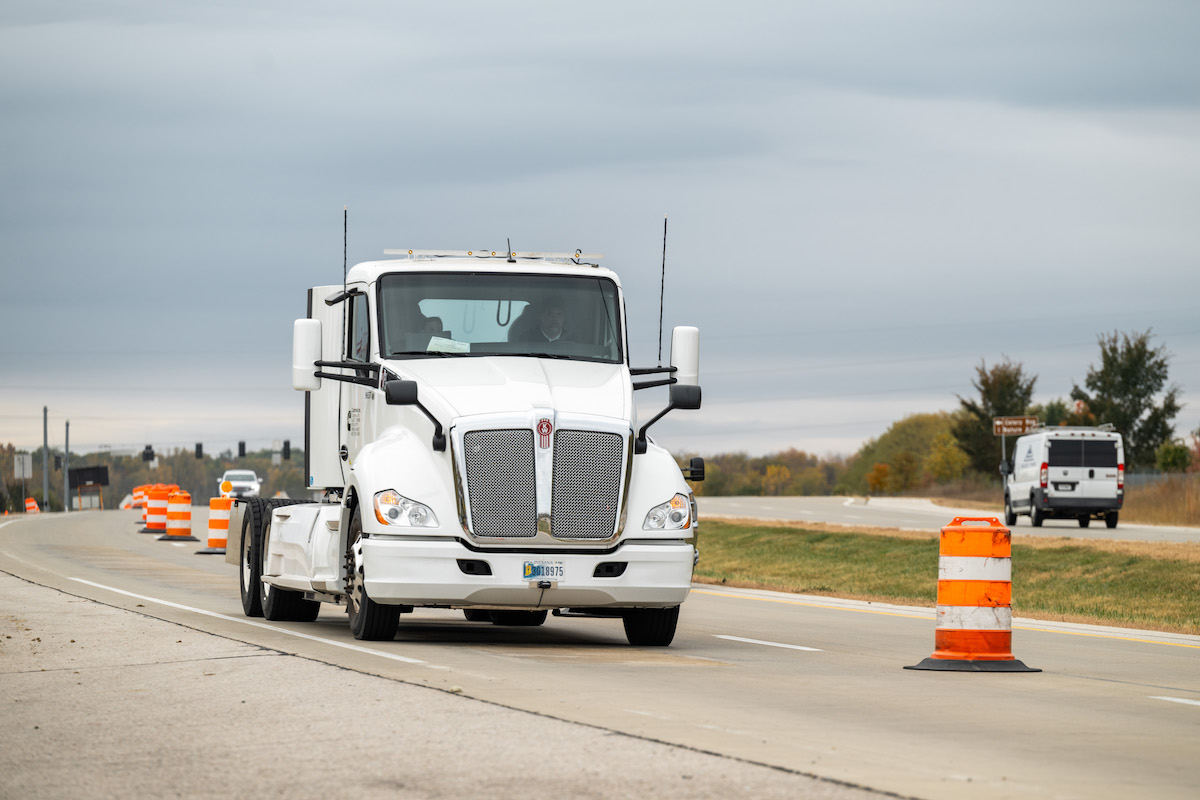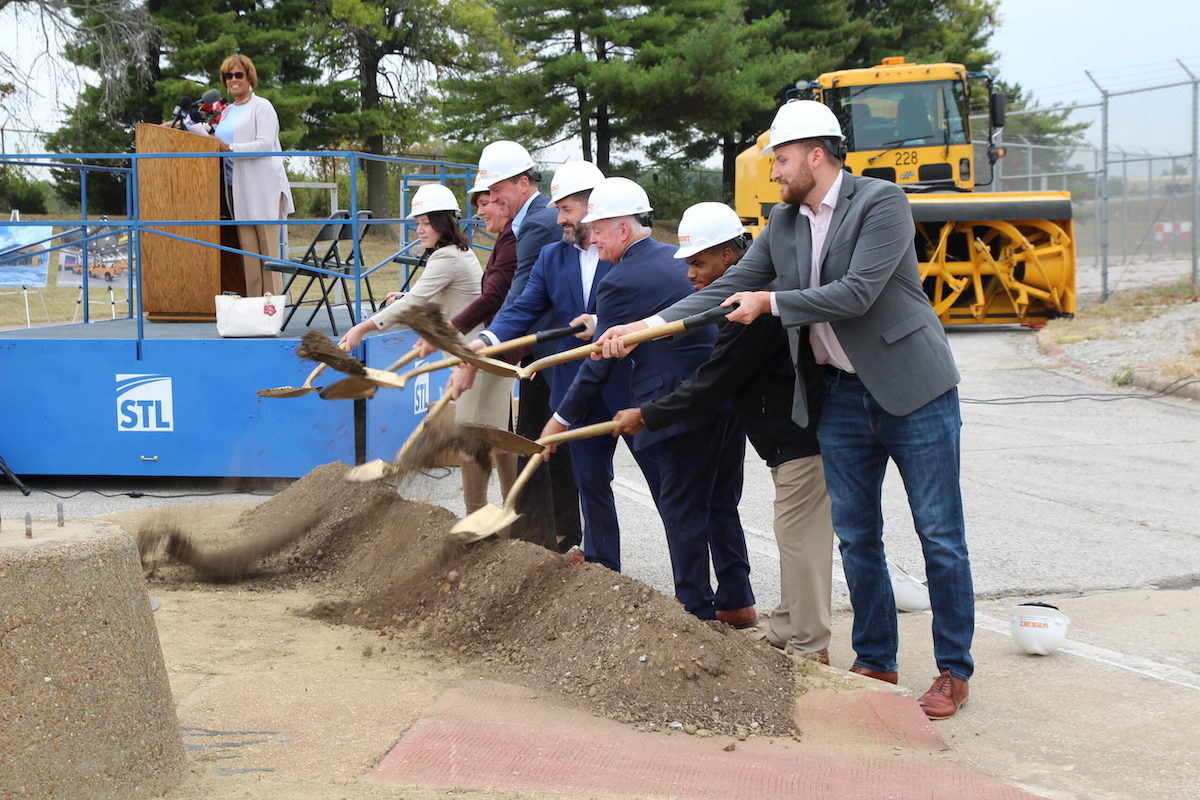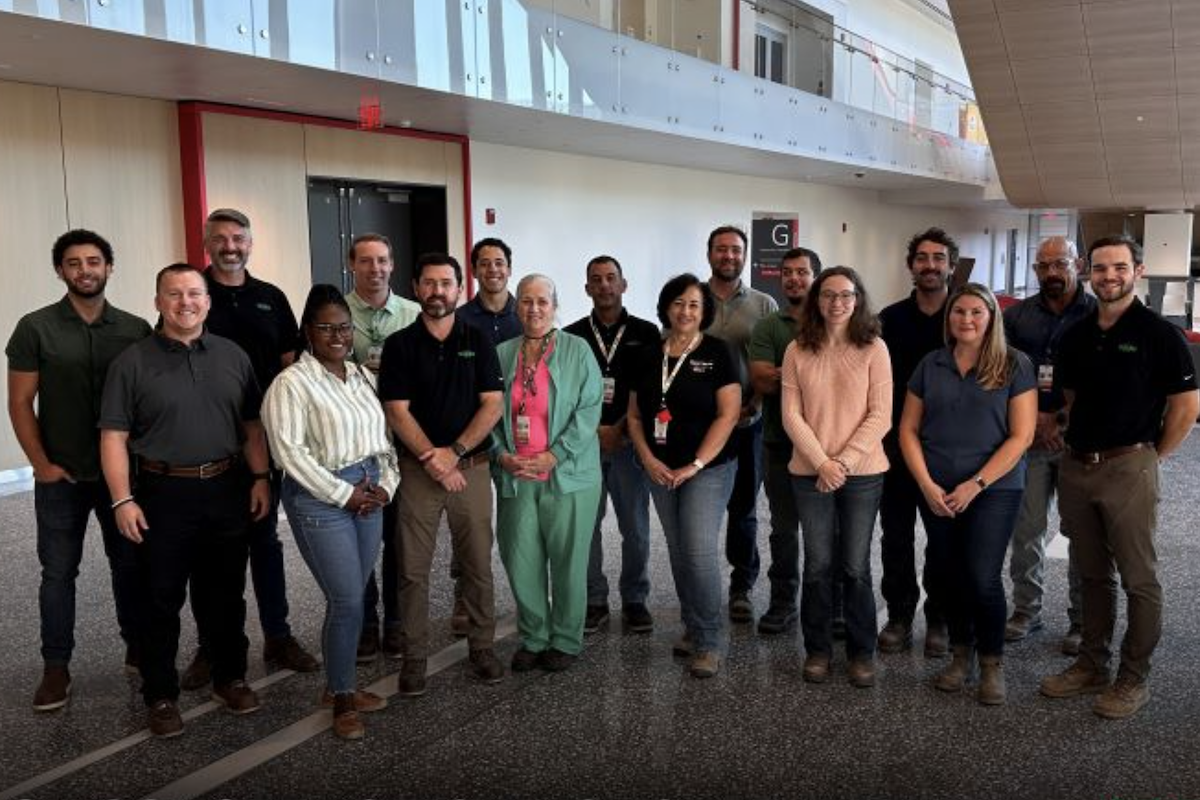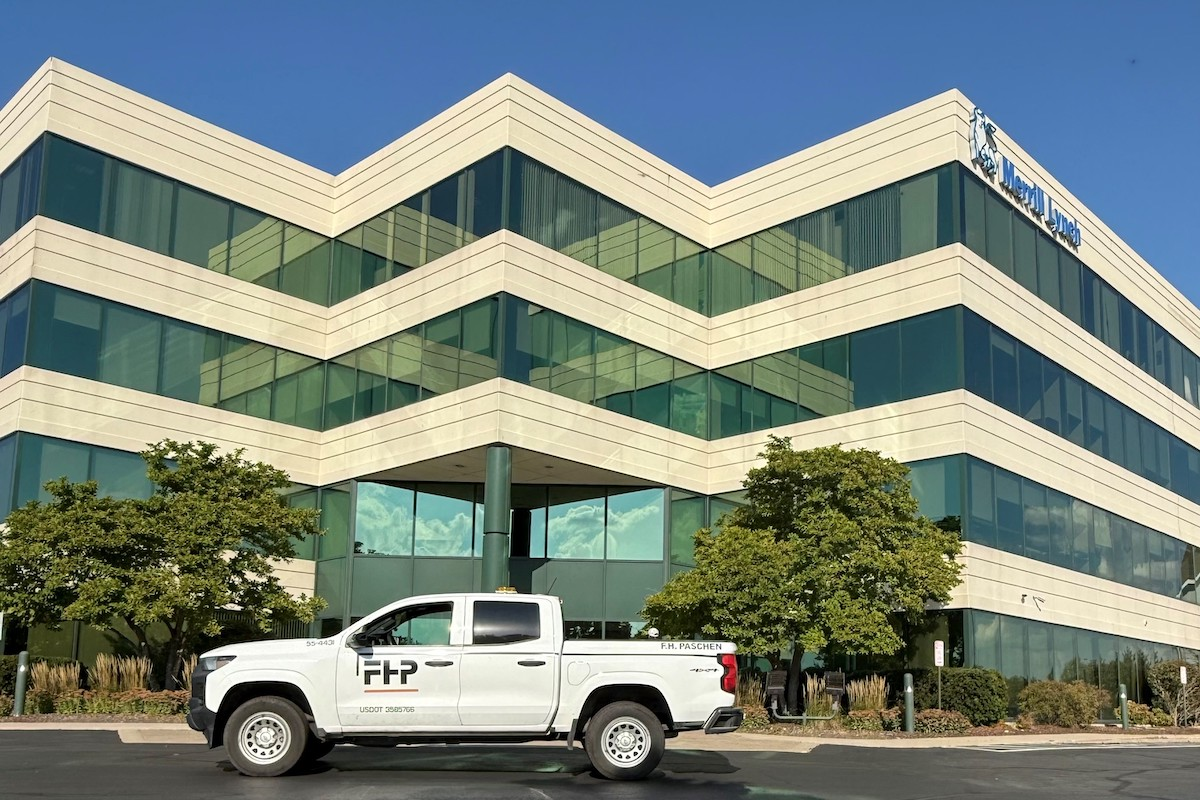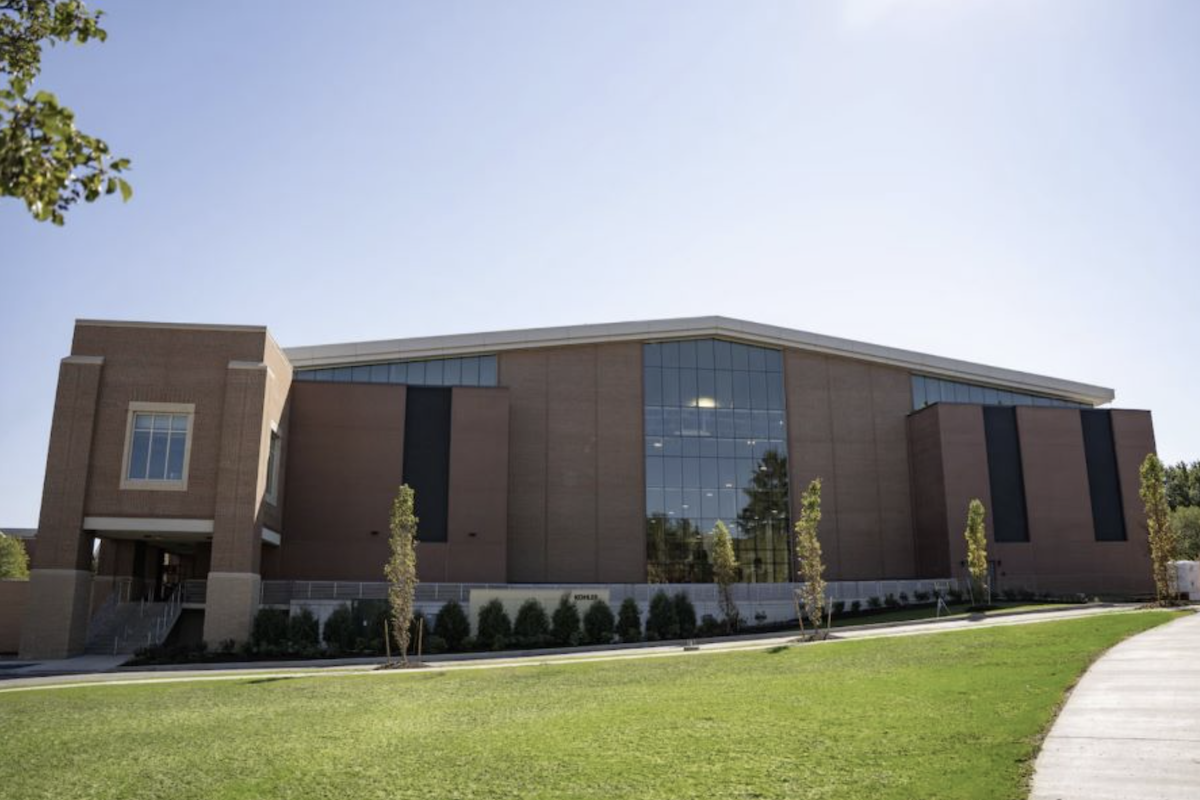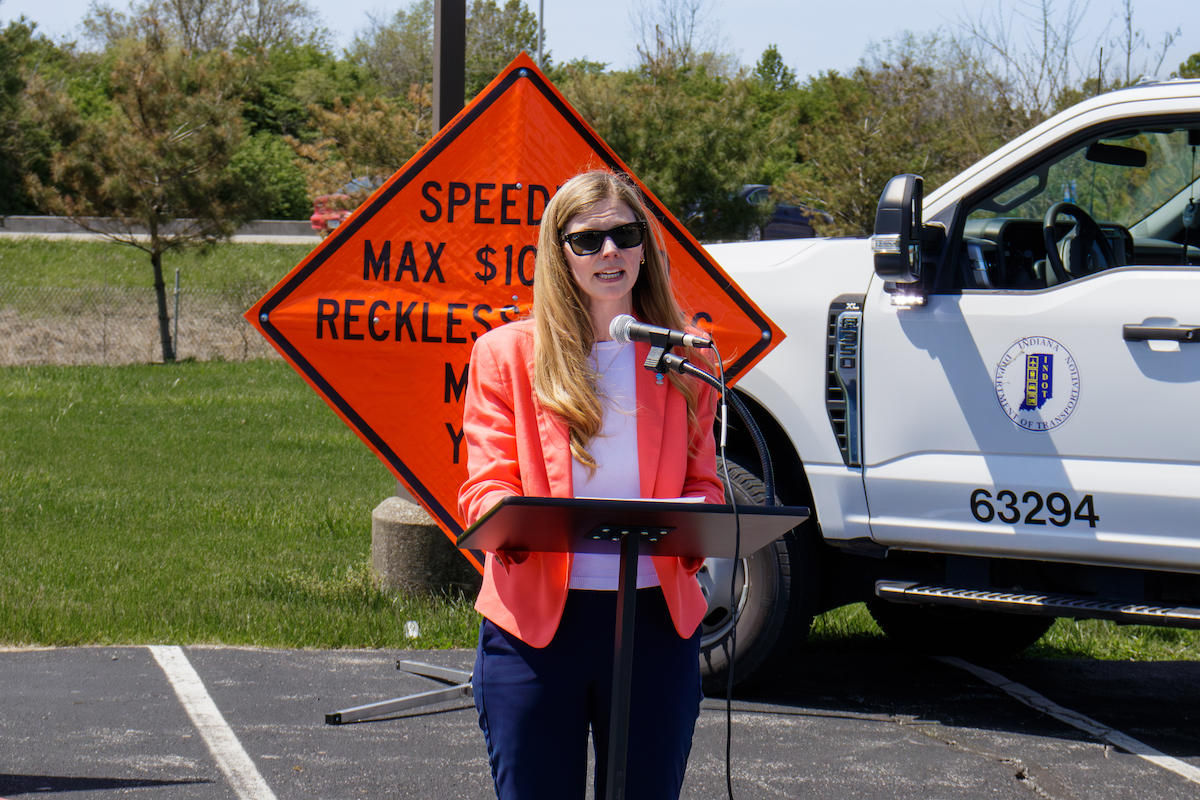The devastation from wildfires lasts long after the fires have been contained or put out. Fallen trees and damaged roads mean that many people aren’t able to access their homes or businesses for days or months. For example, part of California Highway 1 along the Central coast near Big Sur was closed for months to repair a section of the road that washed away during a storm. On top of infrastructure challenges, the hefty financial burdens can extend even further. In 2018, wildfires in California resulted in financial losses of nearly $150 billion. The fires disrupted the state’s economic supply chain and created impediments to transportation and labor which indirectly accounted for $88.6 billion of the total loss.
As these disasters have increased in frequency and severity over the years, so have the capabilities of technology and services to aid the state and local government’s ability to manage them. New tech-driven tools have already proved an essential asset during disaster response. During last year’s record-breaking hurricane season, where five hurricanes devastated the Gulf Coast, innovative inspection technologies enabled the Louisiana Department of Transportation and Development (LaDOTD) repair teams and debris removal crews to make safe and travelable infrastructure available for first responders in affected areas. The technology helped the state prioritize the needs of the region’s citizens, ensuring that people got the assistance they needed as they grappled with the effects of the hurricanes.
As states across the country prepare for their unique challenges and potential disasters, departments of transportation and other government agencies are in an ideal position to embrace technological innovation that will enable them to respond faster, act on real-time data, and become more adaptable in their response.
Most importantly, modern systems and technology will allow agencies to plan the response to disasters more effectively. They’ll be in a better position to prioritize which areas of destruction to prioritize once disaster strikes, making it easier for transportation leaders to react quickly to mitigate loss. Faster reaction means that impediments restricting movement of people and products can be lessened and that damage can be repaired more quickly and cost-effectively. Innovative technology in emergency response creates several notable benefits.

| Your local Case Construction Equipment Inc dealer |
|---|
| Burris Equipment |
Throughout wildfire season, state and local governments throughout California have an opportunity to embrace technological innovation and transform the way they address these increasingly common and severe events in an efficient and effective manner. Being able to continue to improve the response to disasters like wildfires can be a crucial element of saving lives, protecting land, and recovering faster from these devastating events.




















